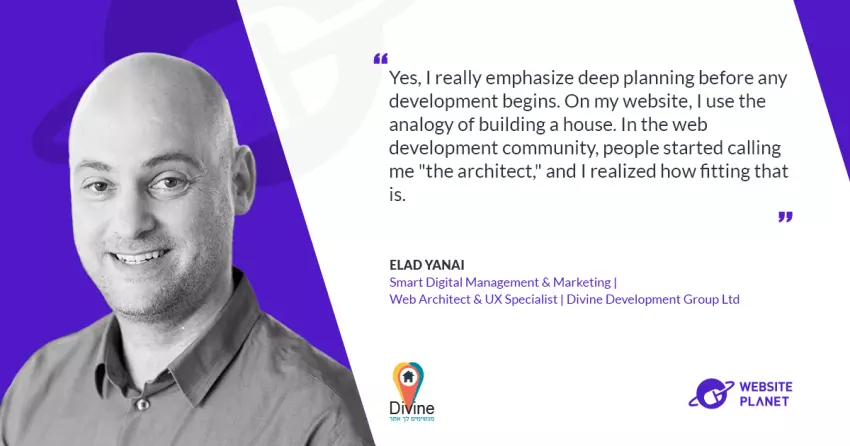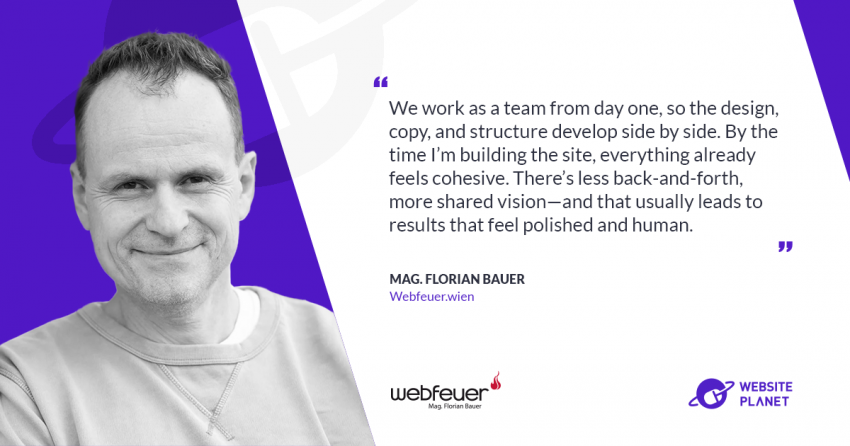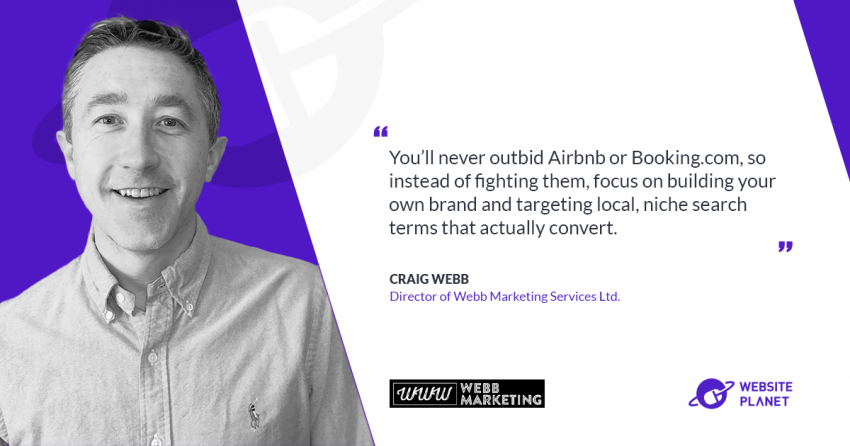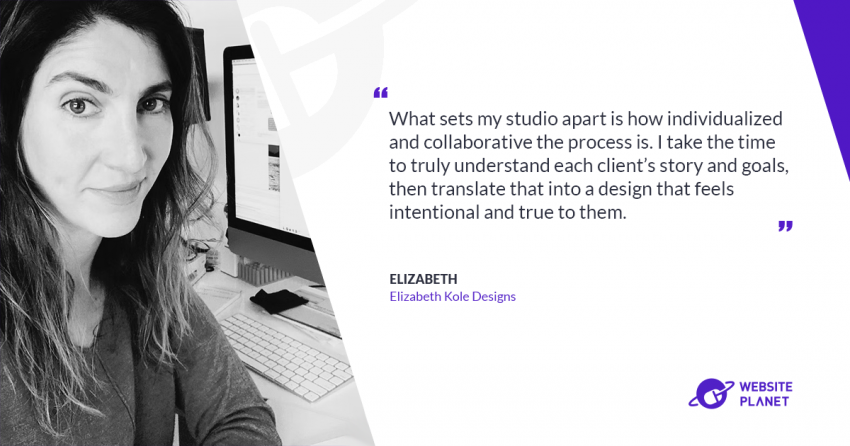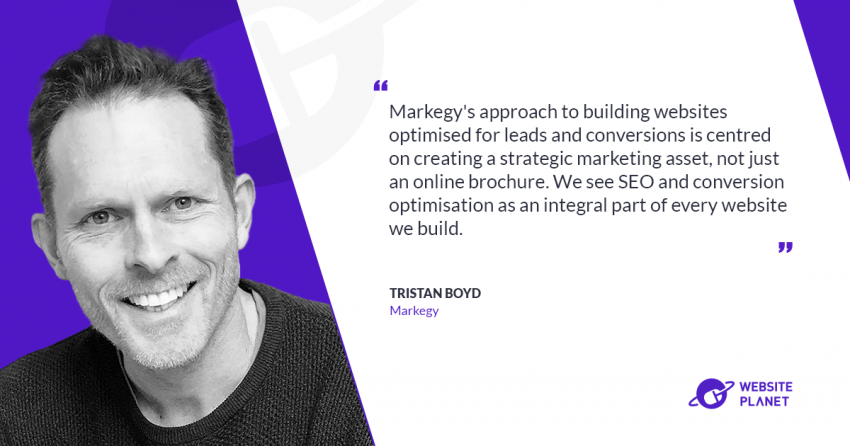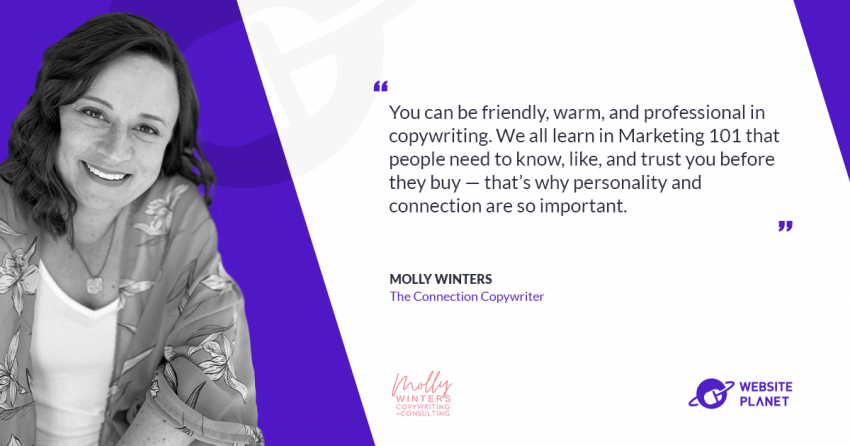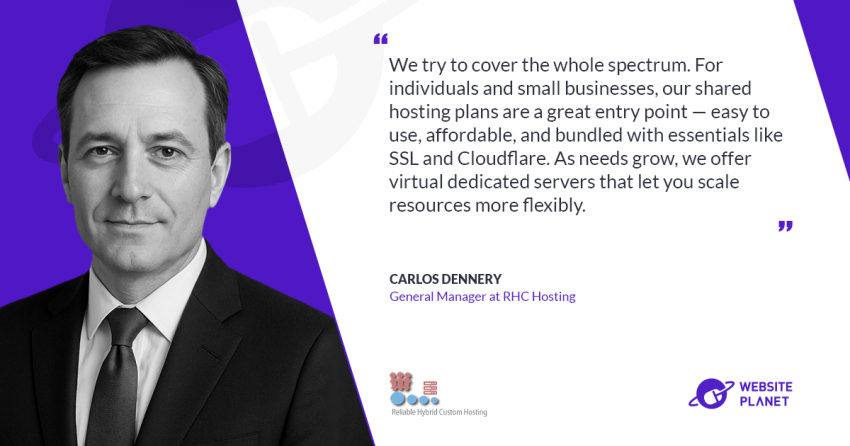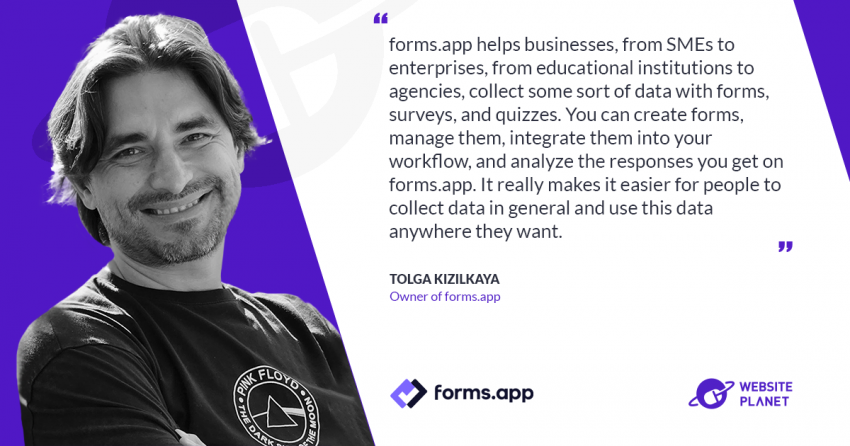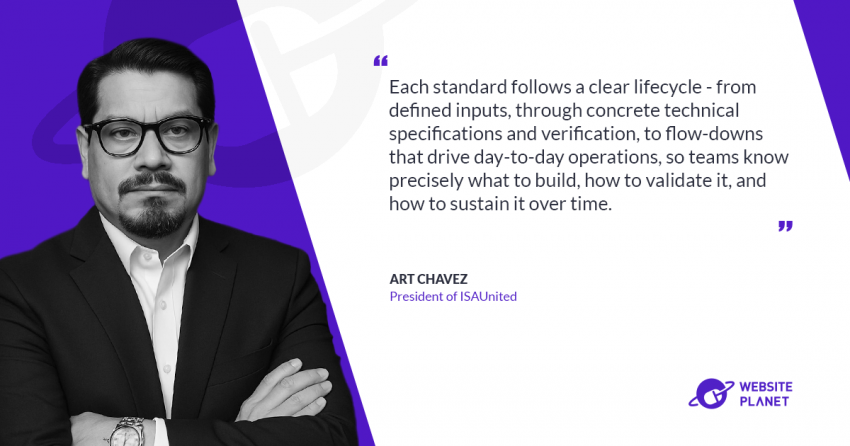In an industry often marked by rigid pricing and unclear value, Elad Yanai, in front of DivineSites, introduced a revolutionary “time bank” model to bring fairness and transparency to web development.
Instead of selling fixed packages, DivineSites sells time — giving clients full control over how much they spend and what they receive. In his interview with
Website Planet, Elad shares how this flexible, service-first approach is rooted in strategic planning and empowers clients long after launch.
He also explains why true website success begins with communication — not just code.
What inspired the creation of DivineSites’ “time bank” model, and how does it improve flexibility for clients?
The inspiration behind DivineSites’ “time bank” model came from both a negative and a positive place. On the negative side, I noticed an unfairness in the industry — clients were often paying a lot and not receiving the value they deserved. I saw it not just in web development, but across many services. You go to a garage, pay a large bill, and still feel short-changed. That got me thinking: what am I actually selling?
I realized I’m not selling websites — I’m selling the time and expertise of the people who create them. In fact, there’s a big statement on my website:
“We don’t sell websites, we sell the services that create websites.” Once I embraced that, it made sense to build a model where clients are charged based on the time our team spends — just as I pay my employees for their time.
It’s not the most margin-maximizing model, and some of my peers question why I do it. But I genuinely believe it’s the fairest. Think about hiring a lawyer — if you only need five minutes of their time, it would be great to pay just for that. That’s the kind of fairness I wanted to bring to my clients.
Of course, it’s not without challenges. Clients still often want fixed quotes, and web development is such a personal, evolving process. Some clients want to focus on small details, others want more time just to talk. In a traditional model, I found myself getting impatient. With the time bank, everything is transparent: you pay for the work that’s done. Need more? Pay more. Need less? Pay less.
It’s been a great solution on my end, and once clients understand it, it actually benefits them too. For example, I can sometimes build exactly what a client needs in just 2–3 hours — for $200–$300 — and they walk away happy, having only paid for what they truly needed.
You emphasize deep planning before development—can you walk us through your strategic process from initial consultation to launch?
Yes, I really emphasize deep planning before any development begins. On my website, I use the analogy of building a house. In the web development community, people started calling me “the architect,” and I realized how fitting that is. Just like when building a house, you might spend 10% of your budget on the architect — but that part is crucial. You can switch contractors, and the materials may stay the same, but it’s the architect who defines the vision, creativity, and intelligence behind the design. The same goes for websites. You wouldn’t start building a house without blueprints — so why would you start a website without proper planning?
In my model, I break the process down into
seven strategic steps for creating a great website. Whether it’s a full site or just a landing page, the steps are the same:
- Characterization & Planning – This is the “architectural” phase. We define the goals, audience, and core structure of the website.
- Content Creation – Content comes before design because it forms the core message. I always stress that communication is more important than visuals. I like to reference a pyramid: at the base is sales, above that is marketing, but at the top is communication. If you communicate your brand well, marketing becomes easier — and sales happen naturally.
- Design – Once the content is clear, we move to design. Design reflects the external layer — like the look of a building — but it needs strong content underneath to have meaning.
- Development – With tools like AI, this phase has become more efficient, but it’s still a vital step where we bring everything to life.
- Quality Assurance (QA) & Responsive Adjustments – We test the site on various screen sizes (mobile, tablet, desktop) and make sure everything works seamlessly. This step is often overlooked, but without it, you can’t guarantee a quality result.
- Marketing & Launch – Just building the website isn’t enough. You need to market it — index it on Google, share it on social media, and promote it. Otherwise, it’s like opening a shop in the desert.
- Ongoing Updates & Maintenance – A website without maintenance is like a tomb. I always say, no one likes visiting graveyards. Your site must stay alive — with fresh content and periodic updates — to remain relevant and useful.
I’ve been building websites since the early days, even before the modern internet, back in the days of early HTML and networked communication. That experience taught me that good planning, clear communication, and ongoing care are what truly make a website successful — not just the code behind it.
How do you balance creativity, branding, and technical performance when building WordPress sites with Elementor?
For me, Elementor is very much a part of what makes WordPress powerful. I truly appreciate the open-source philosophy — even the non-capitalistic spirit behind it. That openness creates a space where creativity and flexibility can thrive. Elementor, in particular, is an incredibly versatile ecosystem. It allows me to do almost anything I envision, especially since I work with a range of plugins and even custom add-ons that I’ve developed on top of the framework. I also utilize its open-source elements on GitHub — using actions, hooks, and more — which gives me deep control and customization possibilities.
When it comes to balancing creativity, branding, and technical performance, a lot of it happens in the early planning stage — and that often takes place outside of Elementor. Sometimes I sketch ideas on paper with the client, or use design tools like Figma, Adobe XD, or even something simple like PowerPoint or Word. The point is to have an open, unrestricted space for creative exploration, without being bound by a specific platform right away.
That said, about 50% of the time, I jump straight into Elementor for both the design and planning. It really depends on the project and the client’s needs. The beauty of Elementor is that it can handle both the creative and technical sides — from design freedom to performance optimization — all within one integrated system. It’s one of the reasons I continue to love working with it.
What value do your automation, integrations (like Zapier/Integromat), and custom modules bring to clients’ operational efficiency?
That’s a broad question, but an important one. I first got into automation seriously around 2020 — although, even long before that, I was building what we now call “automations.” Back then, we simply called it programming. My core belief is this:
any task you do more than two or three times can likely be made more efficient through automation. Not everything should be automated, but so many repetitive tasks absolutely can and should be.
One of the most valuable automations I’ve built — both for myself and for clients — is
automated follow-ups and reminders. In fact, I’d say around 90% of my Make (formerly Integromat) billing is tied to these kinds of flows. Whether it’s reminding clients to pay invoices or prompting them to send missing content for their website, these reminders make a huge difference. Clients often tell me how helpful it is — especially because they tend to procrastinate or get stuck. The automation becomes this persistent, friendly nudge that keeps things moving. And because it’s not a person nagging them, but a system, they tend to take action without the emotional baggage.
On the client side, automation dramatically improves
operational efficiency, especially in lead management and sales workflows. For example, I’ll set up systems that alert a team if a lead hasn’t been contacted in over seven days, or notify a manager if five or more deals have been left unattended for more than three days. These kinds of automations are vital for keeping momentum and avoiding lost opportunities.
Ultimately, automation helps avoid burnout. If you assign a person to do all those follow-ups, they’ll eventually get tired, bored, or inconsistent. But a system doesn’t get bored. It just keeps working — day in, day out — handling the dull tasks so the humans can focus on what really matters.
How do your hosting and domain registration services, both local and international, enhance reliability, security, and performance?
When it comes to domain registration, I don’t manage it directly — I rely on several trusted third-party providers. In a way, I treat it like a stock portfolio: diversification is key. Being a boutique company, I also apply that mindset to hosting. I maintain multiple servers across platforms like Amazon Web Services, Cloudways, Google Cloud, DigitalOcean, and SiteGround. This flexibility allows me to respond quickly to issues — if one provider experiences downtime, I can shift services to another, ensuring reliability and continuity for my clients.
This diversified infrastructure gives me the freedom to choose the best solution for each client at any given moment, optimizing performance and minimizing risk.
A major turning point in my hosting and domain strategy came when I moved all domain management to
Cloudflare, about four or five years ago. That shift significantly improved our
security, performance, and DNS management. Cloudflare provides powerful protection against DDoS attacks — which is especially important in Israel, where local IPs are often targeted. It also allows for
instant DNS updates, eliminating the old delays where changes could take up to 24 hours to propagate. Now, verifications and adjustments happen in real-time, which is a huge advantage in maintaining uptime and responsiveness.
In short, by leveraging a mix of third-party providers and platforms like Cloudflare, I can offer clients a hosting and domain setup that’s
secure, reliable, and optimized for performance — both locally and internationally.
How do your training sessions and personalized support empower clients to manage and maintain their sites independently?
Some of my clients have even called what I do “website therapy.” Many people are technophobic or intimidated by managing their own sites. I always tell them that learning to manage a website is about more than just the technical skills — it’s about mindset. In fact, I’d say about 20% of what I teach is technical, and 80% is about developing the right mentality and being playful with the process.
I often reassure clients with this saying:
“You can’t break the internet.” And when it comes to their website, I tell them,
“You can’t break your website.” If something does go wrong, I can easily restore it to a previous version from that morning with just one click. This sense of freedom helps them feel confident and less fearful.
Ultimately, it’s about empowering clients to feel capable and unafraid — to explore, make changes, and maintain their sites independently without stress. That mindset shift is just as important as the technical training.
Find out more at:
www.divinesites.co.il
